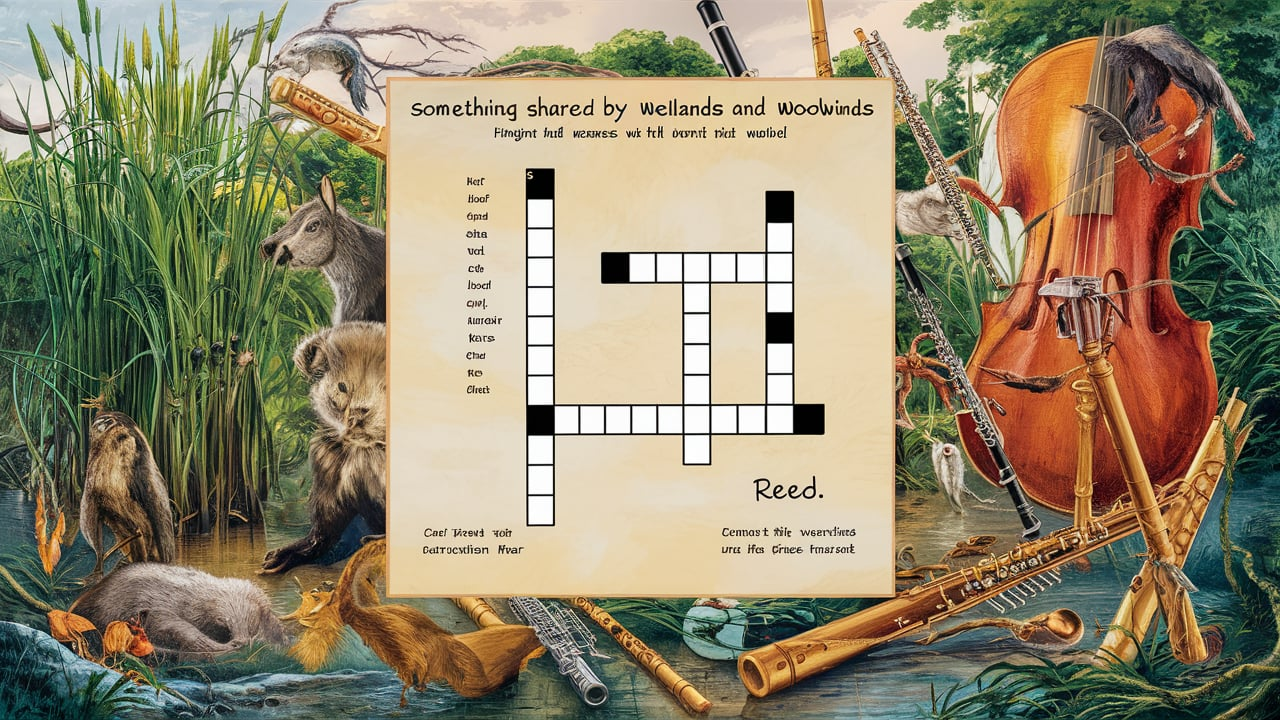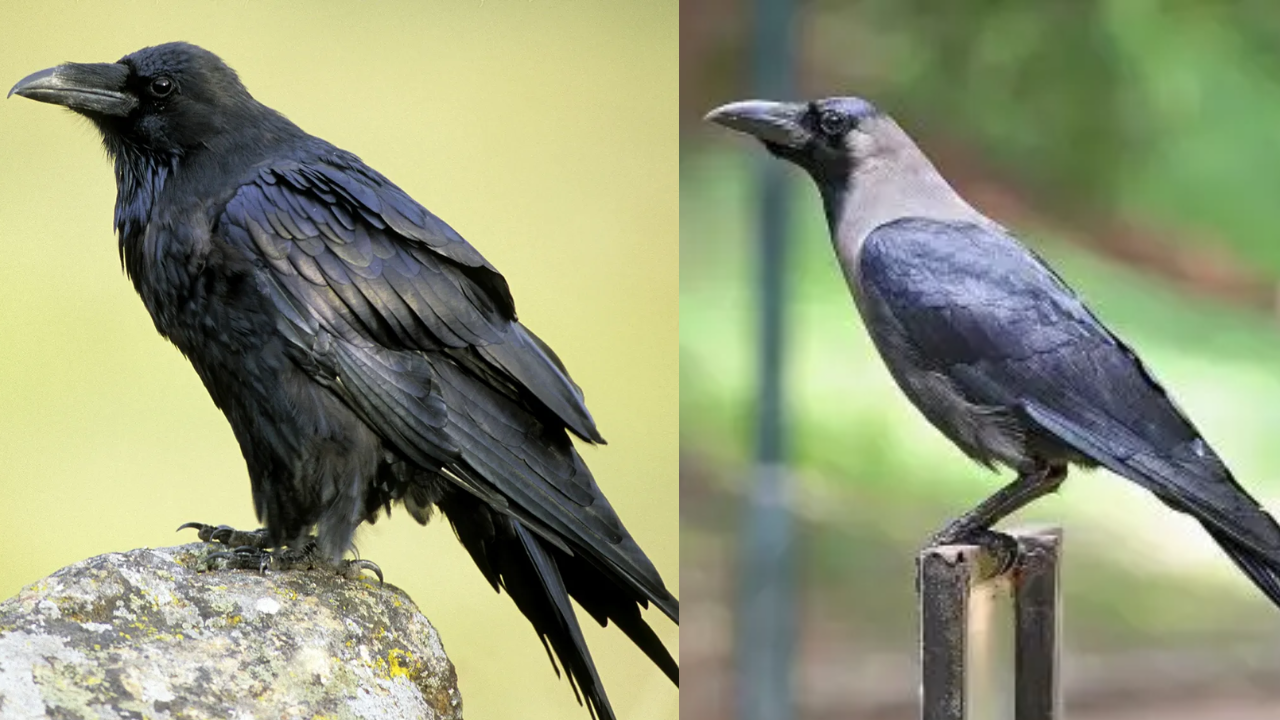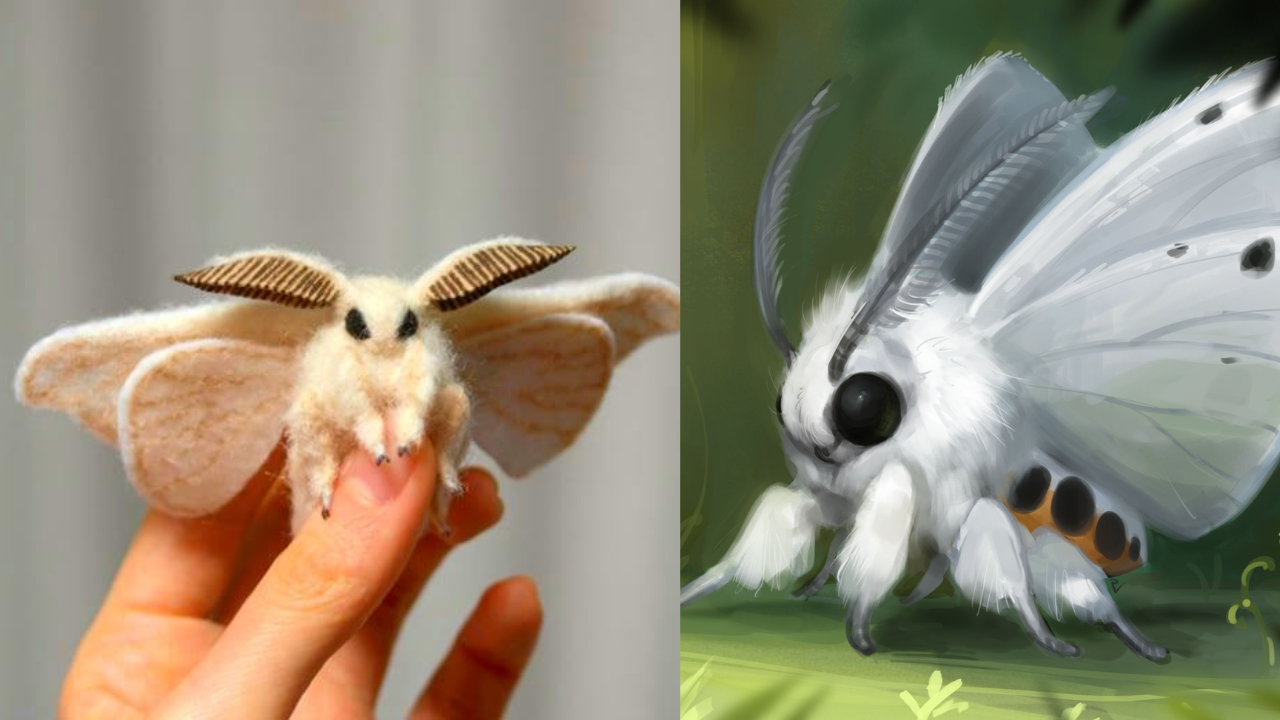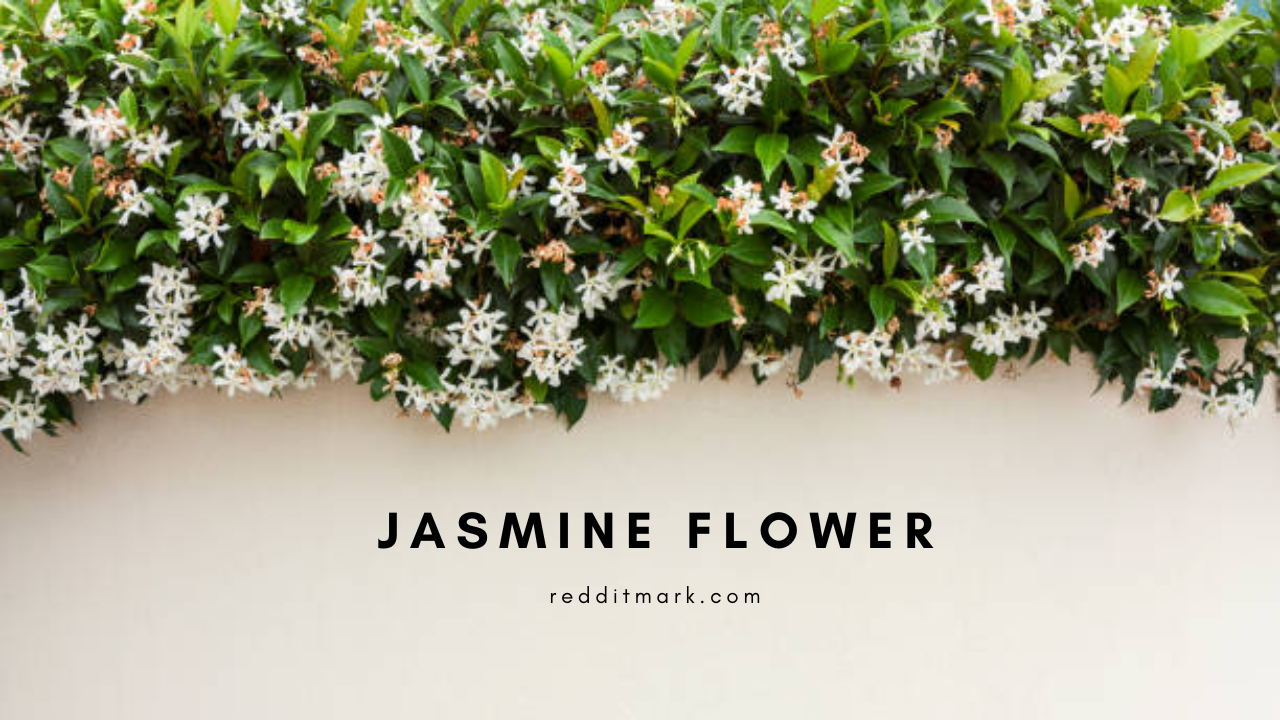Introduction
The crossword puzzle clue “something shared by wetlands and woodwinds” presents a fascinating riddle. It’s a clever way to hint at a connection between two seemingly disparate subjects: the natural world and the realm of music. The answer, “reed,” is a testament to the intricate ways in which different elements of our world intersect.
Wetlands: Nature’s Watery Ecosystems
Wetlands are extraordinary habitats where land and water merge. They are characterized by their unique soil conditions, which are constantly saturated with water. This specific environment gives rise to a distinct array of plant and animal life adapted to these watery conditions. From vast, open marshes to secluded swamps, wetlands provide crucial ecosystem services such as water purification, flood control, and shoreline protection.
The Vital Role of Reeds in Wetlands
Reeds, tall, grass-like plants with hollow stems, are quintessential inhabitants of wetland ecosystems. They thrive in the moist, nutrient-rich conditions found in marshes, swamps, and bogs. These hardy plants form dense stands that serve as nurseries for fish, birds, and other aquatic creatures. Their roots help to stabilize the soil, preventing erosion and improving water quality. Moreover, reed beds play a critical role in carbon sequestration, helping to mitigate climate change.
Woodwinds: The Melody Makers
Woodwind instruments, as the name suggests, are primarily made of wood. However, what truly brings these instruments to life is a thin, flexible piece of material called a reed. This unassuming component is responsible for producing the characteristic sound of woodwinds. When a musician blows air through the mouthpiece, the reed vibrates, creating sound waves that resonate within the instrument’s body. The player can manipulate the pitch by adjusting their breath and fingerings.
The Reed: A Shared Element
The intriguing connection between wetlands and woodwinds lies in the humble reed. In the former, it is a robust plant that plays a vital ecological role. In the latter, it is a delicate material that is essential for creating music. This shared element underscores the interconnectedness of nature and human creativity.
Types of Reeds in Wetlands
Many different types of reeds can be found in wetlands. Some of the most common include:
- Common reed (Phragmites australis)
- Giant reed (Arundo donax)
- Cattail (Typha latifolia)
- Bulrush (Scirpus lacustris)
- Bamboo
These reeds all play important roles in the wetland ecosystem. They provide food and shelter for wildlife, help to filter water, and prevent erosion.
READ MORE Arranging in a Knot NYT: Meaning, Answer and Importance Of the Clue 2024
Reeds: Versatile and Resilient
Reeds are remarkably adaptable plants. They can thrive in a wide range of wetland conditions, from freshwater marshes to brackish estuaries. Their strong, fibrous stems have been used for centuries to create various products, including paper, roofing materials, and baskets. Some cultures even consume young reed shoots as a food source.
The Art of Reed Making
Crafting a reed for a woodwind instrument is a meticulous process. Reed makers carefully select the best quality reed material, often from specific plant species known for their acoustic properties. The reed is then shaped and scraped to achieve the desired thickness and stiffness. This delicate work requires skill and experience, as the reed’s performance is greatly influenced by its dimensions.
The Different Types of Reeds Used in Woodwind Instruments
There are different types of reeds used in woodwind instruments:
| Instrument | Type of Reed |
| Clarinet | Single reed |
| Saxophone | Single reed |
| Oboe | Double reed |
| Bassoon | Double reed |
The Sound of Music
When a musician places a reed on the mouthpiece of a clarinet, saxophone, or oboe, they embark on a musical journey. The reed’s vibration, amplified by the instrument’s body, produces the rich, expressive tones that have captivated audiences for centuries. The player’s breath control and finger dexterity determine the melody and harmony that emerge.
Beyond the Instrument
Reeds have found applications beyond the world of music. For instance, they are used in some traditional fishing lures to imitate the sound of insects, attracting fish to the bait. This innovative use highlights the versatility of this remarkable material.
A Symbol of Nature and Creativity
The reed, whether it’s a wetland plant or a musical component, is a symbol of resilience, adaptability, and transformation. In wetlands, it thrives in challenging conditions, creating a vital habitat for countless species. In music, it transforms breath into beautiful melodies, inspiring emotions and connecting people.
The Thrill of the Crossword Puzzle
Unraveling a crossword clue like “something shared by wetlands and woodwinds” is a rewarding intellectual exercise. It encourages us to think critically, make connections, and explore new areas of knowledge. The satisfaction of finding the correct answer is a testament to our problem-solving abilities.
Expanding Our Horizons
Whether you’re a nature enthusiast, a music lover, or simply enjoy a good puzzle, exploring the world of reeds can be a fascinating journey. It’s a reminder of the intricate relationships between different aspects of our world and the potential for discovery that lies within every seemingly ordinary object.
Conclusion
From the vast, watery landscapes of wetlands to the enchanting melodies of woodwinds, the seemingly unrelated worlds of nature and music share a fascinating connection: the reed. This unassuming plant, thriving in watery environments, and the carefully crafted material that brings music to life, reveal an unexpected link between these two diverse realms.
Whether it’s providing a habitat for wildlife or creating beautiful sounds, the reed is a versatile and essential component of both ecosystems and musical instruments. So, the next time you hear the soulful notes of a clarinet or the vibrant tones of a saxophone, remember the wetland roots of the “something shared by wetlands and woodwinds.”



